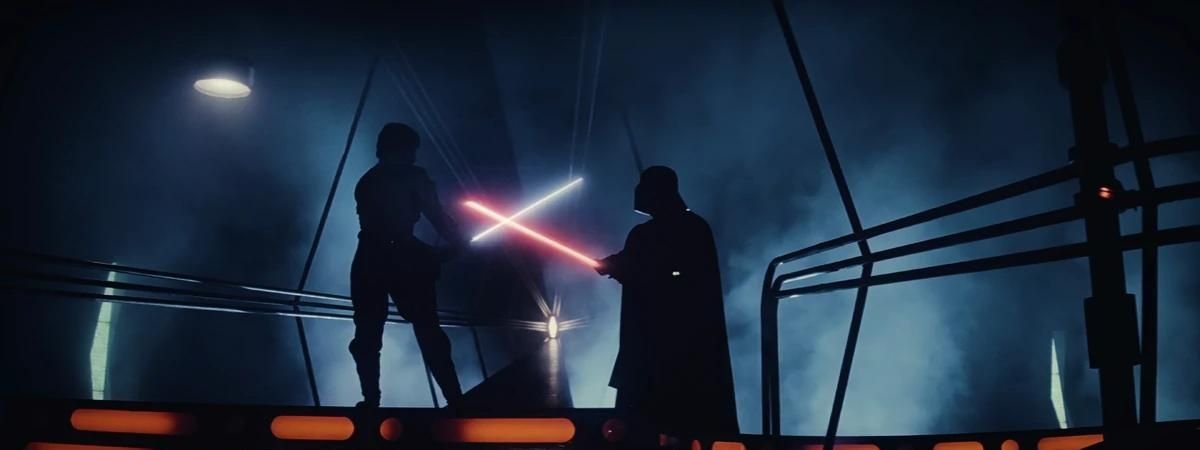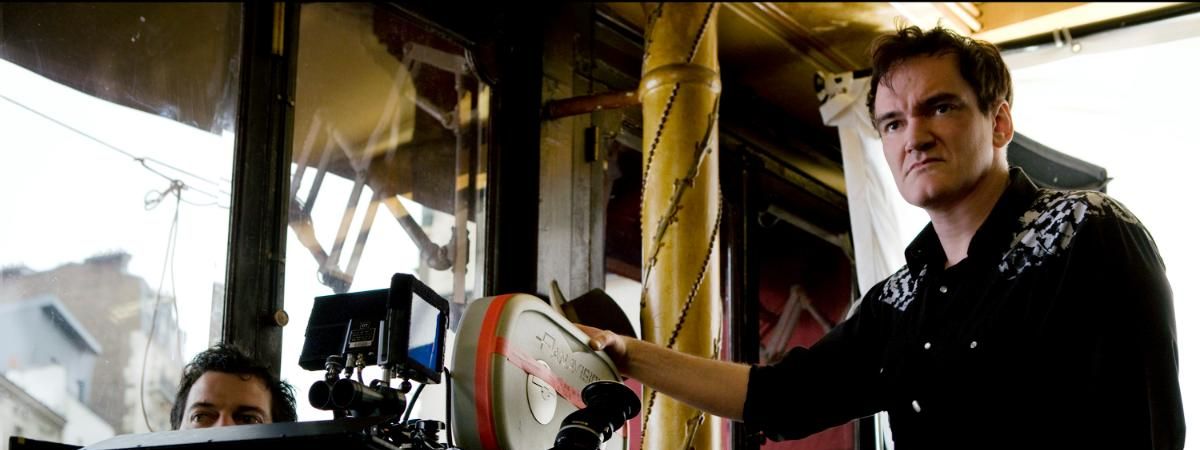Welcome to cinematic sound, where each note and noise is meticulously crafted to shape your movie-watching experience. Sound effects in films do much more than merely accompany visuals; they breathe life into scenes, adding layers of complexity and emotion that visuals alone cannot convey. From the eerie whispers in “The Blair Witch Project” to the booming blasts in “Star Wars,” sound effects help transform mere images into vivid, immersive experiences. These auditory cues are pivotal in drawing audiences into the film’s world, offering a fuller, richer understanding of the story.
Iconic films recognized for their innovative use of sound are often held as benchmarks in the industry. Consider “Jurassic Park,” where the roar of a Tyrannosaurus was not merely a frightening sound, but a crucial element that anchored the audience’s sense of danger and wonder. Likewise, “Inception” uses its layered soundscapes to blur the lines between dream and reality, enhancing the narrative’s depth and complexity.
The role of sound effects in storytelling
Emotional impact
Sound effects in cinema don’t just complement the action; they amplify the emotional spectrum of the narrative. They can make hearts race with a suspenseful string section or bring tears with a subtle, soft piano note. Sound’s emotional impact can be direct and visceral, making it an indispensable tool for filmmakers to evoke specific feelings. For instance, the chilling sound of the velociraptors in Jurassic Park heightens anxiety, while the iconic lightsaber hum in Star Wars excites and energizes fans.
Context and environment
Beyond emotions, sound effects are crucial in building the setting audibly, allowing viewers to immerse themselves in environments they’ve never visited. The bustling streets of New York City in “Taxi Driver” or the eerie silence of space in “Interstellar” are conveyed through visuals and sound. Every auditory detail, from the echo of footsteps in a large hall to the distant hum of a spaceship, crafts a believable, engaging world. Sound designers use a blend of natural sounds and synthesized tones to create environments that are as essential to the storytelling as the narrative itself.
Movies communicate much more through sound than can be seen on the screen, making them powerful storytelling tools. The next sections will explore how techniques and technologies have evolved to enhance this captivating audio-visual relationship.
Iconic sound effects in movies
Star Wars
The innovation of lightsaber sounds
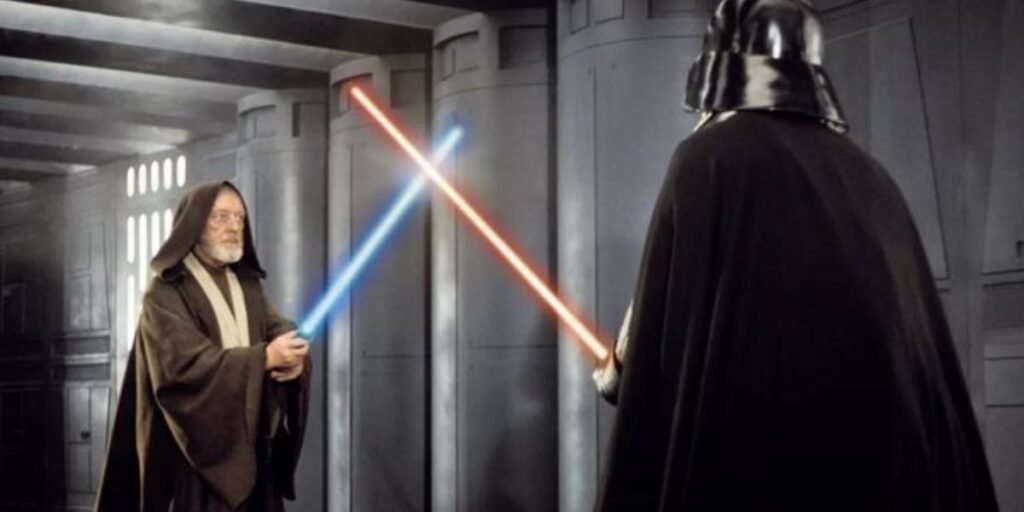
One of the most recognizable sounds in movie history is the hum of a lightsaber in “Star Wars.” An interesting Star Wars fact for you here about his sound, which blends the buzz of an old movie projector’s motor with the interference caused by a television on a shieldless microphone, was innovated by sound designer Ben Burtt. It’s not just the uniqueness of the sound that made it iconic but how it enhanced the storytelling, imbuing the Jedi knights with a sense of mystic and futuristic knightliness. Every swing and clash of the lightsabers during a duel elevates the tension and excitement of the scenes, making them unforgettable.
Dive deeper with our guide on Star Wars special effects
Jurassic Park
Creating dinosaur roars from animal sounds
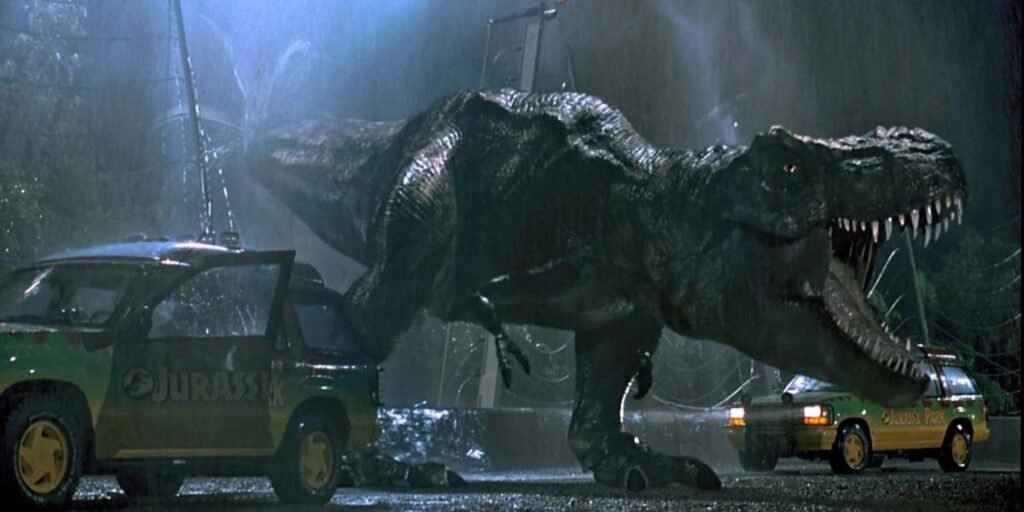
In “Jurassic Park,” sound designer Gary Rydstrom created the terrifying roars of dinosaurs by combining the sounds of different animals. For instance, the Tyrannosaurus Rex’s roar mixed the sounds of a baby elephant, an alligator, and a tiger, among others. This innovative use of sound brought the extinct creatures to life and added a layer of realism and thrill that captivated audiences. The auditory experience complemented the visual spectacle perfectly, making the dinosaurs feel genuinely alive and present.
Inception
The use of the slowed-down Edith Piaf Song
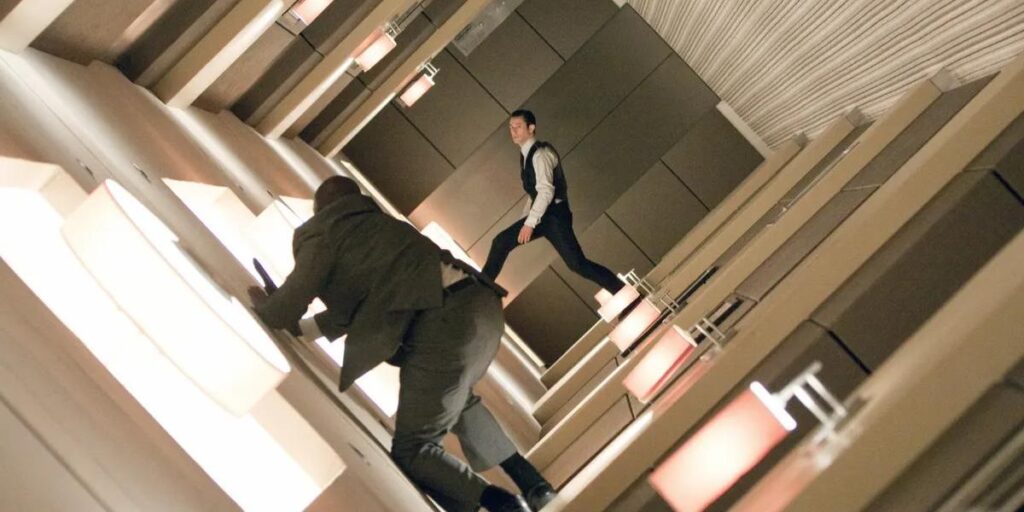
The ingenious use of sound in “Inception” is exemplified by the slowed-down version of Edith Piaf’s “Non, Je Ne Regrette Rien.” The song is not only a plot device, with its durations marking the time elapsed in various dream layers, but its thematic resonance deepens the narrative layers. The song’s slowed-down motifs throughout the film act as an auditory cue for the blurring of dreams and reality, enhancing the audience’s immersion into the film’s complex structure. This strategic use of sound engages with the themes of memory, time, and regret, tying them beautifully into the auditory experience of the movie.
You might like: Christoper Nolan’s best films
End credits
The examples from “Star Wars,” “Jurassic Park,” and “Inception” illustrate just how powerful sound effects can be in storytelling. These sounds do more than accompany visual elements; they enrich the narrative, enhance the emotional palette, and create a more immersive world. Sound effects are essential tools that filmmakers use to tell their stories more effectively, engaging audiences in a deeper, more meaningful experience. As we’ve seen, creativity and innovation in sound design continue to play a pivotal role in the evolution of cinematic storytelling. Next time you watch a film, take a moment to close your eyes and listen – you might discover a whole new layer to the story.
